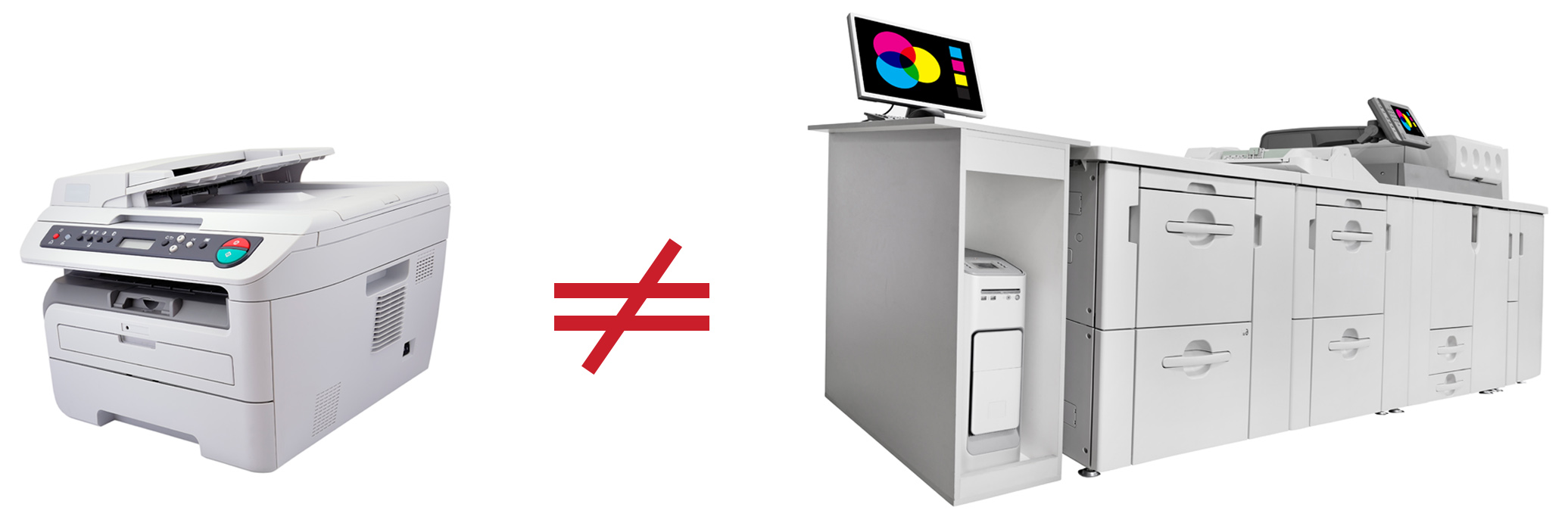Exploring the Unknown: High-Volume Printer Loads

Mechanical load calculations require the designer to consider many sources of space heat loads including heat introduced by walls, windows, occupants, lighting, and miscellaneous equipment. In my opinion, miscellaneous equipment presents the most challenging task in quantifying load. Many loads found in a typical office space renovation are tabulated in the ASHRAE Handbook of Fundamentals, including assumed usage factors. While the ASHRAE handbook is extremely valuable in calculating standard equipment loads including monitors, desktops, and laptops, challenges arise when trying to interpret atypical pieces of equipment.
On a recent job, we encountered a commercial printing press capable of mass-producing full-color bound books, pamphlets, and other printed materials. Typically, even large copiers can be assumed to add something on the order of 1,500 BTU/hr of heat output under periodic general office use; however, this printer suite could not follow this assumption. Assuming each of the three high-volume printers would be used to print the occasional sheet of paper would vastly underestimate the load attributed to the space, as during use – there is a higher likelihood that each would be running at continuous load.
By asking the client for the printer make and model numbers, I was able to locate equipment data sheets for each of the printers through contact with the printer manufacturers. The heat output loads were much larger than loads the ASHRAE handbook could have predicted. One of the “printers”, a Canon imagePRESS C10000VP has a manufacturer tabulated load of 19,658 BTU/hr under continuous production load, which, alone accounted for about 60% of the load in a space that included an exterior wall and windows. This case study highlights the need for diligence in our engineering efforts to ensure proper accounting of all equipment loads, particularly printers and copiers, which can be vastly different from some more typical equipment loads the ASHRAE Handbook of Fundamentals provides.

Comments